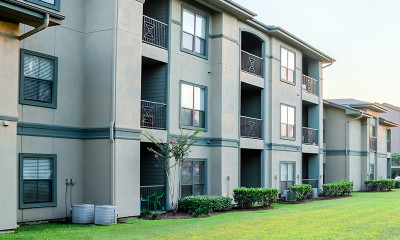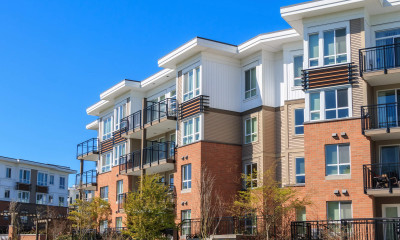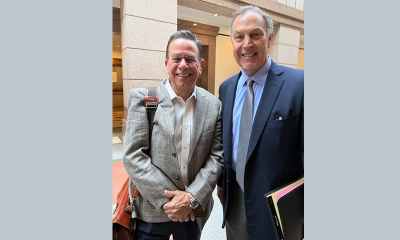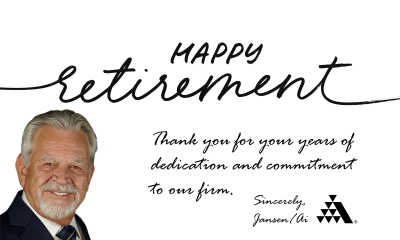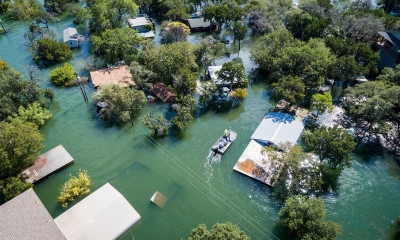The “Ten Commandments” for Dealing with an Underinsured Loss
In the wake of recent surges in disaster losses and construction costs, many property owners have found themselves to be underinsured for the cost to restore/replace their damaged property, even when they thought they had “replacement cost” coverage.
If you find yourself in this situation, don’t despair. Attorney Ethan Gross, a public adjuster with Adjusters International, has written an edition of Adjusting Today identifying “Ten Commandments” policyholders should follow if their policy limits fall short.
#1: Consult your agent or broker.
Some of your costs to recover may be insured under a section of your policy that you don’t expect. Your agent or broker will know where to look and can also check to see if the insurer made any errors or oversights in issuing the policy.
#2: Obtain a copy of the policy.
By obtaining a certified copy of the policy, an insured can see if all forms and endorsements correspond to those listed in the declarations, check for provisions related to other insurance, and determine if “change endorsements” have been properly implemented. (Change endorsements that restrict coverage are generally not enforceable unless the insured has been notified of them; changes that expand coverage generally take effect without requiring notice.)
#3: Review the policy for hidden coverage.
Skilled analysis of a policy will detect where coverage excluded in one part of a policy may be “given back” in another, usually in a limited fashion. Also, depending on the wording of a policy, it may be possible to apply coverage for equipment, fixtures, and “other structures” (e.g., garages) to the principal insured building.
#4: Investigate potential for third-party liability.
Even if the damage is caused by an insured property peril, negligence by a third party may have aggravated or compounded the loss. Pursuing compensation from them may be essential to your recovery, but you have to balance your approach against the harm it may cause to the relationship and the additional time it takes to settle your claim. Also, your policy will include a subrogation clause providing that the insurer be reimbursed for any claim payments, if there is a third-party recovery.
#5: Ask the company adjuster for help.
Don’t be surprised if your insurer’s adjuster is willing to help. Some may help find coverage where you did not expect it, and they may be able to absorb some of the costs of the claim under their own loss adjustment expenses. Some examples are, if the carrier is performing a cause and origin investigation or a subrogation investigation there may be costs they could cover such as protecting the property (fences, board up, temporary security, removal of certain personal property), containment, or mitigation.
#6: Request advance payments.
Ask immediately for any money you are certain you are entitled to; don’t assume the insurer will offer it.
#7: Critically analyze the need for a full restoration.
Just because you’re underinsured for what your property was worth doesn’t mean you’re underinsured for the property you need. Ask yourself what you really need to resume your lifestyle or business operations, and what you can afford to postpone or give up entirely.
#8: Negotiate with everyone.
Don’t rely on your agent, broker, or insurer for all negotiations with building contractors and other parties needed for your restoration. Follow these negotiations diligently and don’t hesitate to advocate on your own behalf.
#9: Investigate tax relief and government benefits.
The amount of a loss may be deductible from state and federal income taxes, and government economic development funds may be available to assist distressed households and businesses. If the loss occurred during a “presidentially declared disaster” you may be eligible for a disaster grant from FEMA.
#10: Investigate your legal options.
This is last for a reason. Suing an insurer is a costly, time-consuming endeavor that will further delay your receiving compensation.
For more information schedule a free consultation with one of our experts today.


